
6 Joint Mobility Exercises for Beginners
Our bodies can be seen as machines in many respects. With the right fuel and exercises behind us, we can perform optimally. Furthermore, we may be able to even best our previous performances with enough work. You can enhance your physical health if you nail the essentials.
Of course, these are not meant to last forever. Over time, as our bodies age, we may begin to feel some pain in our joints. It can become a bit more challenging to sustain the joint’s mobility. Fear not, as there are various ways to bolster your joints to an optimal level. Keep these exercises in mind the next time you get some physical activity.
Exercise #1: Work the Hips
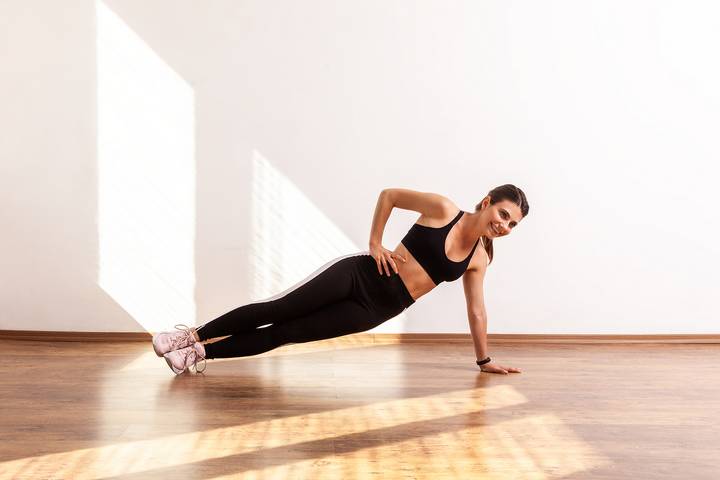
One of the most overlooked areas of the human body has to do with the hips. While many of us may want to target specific muscles on the body, the hips are sometimes neglected. This does a disservice to your physical health, as you will not be able to move efficiently as you once did. So, ensure your hips are worked amicably.
Many joints are in the hips, as well as connected to this area as well. For example, throw some hip flexor exercises into a lower body routine. Do not forget to work the abductor areas of the hips, too, as these will ensure full mobility. Your body will thank you in the long run!
Exercise #2: The Spine
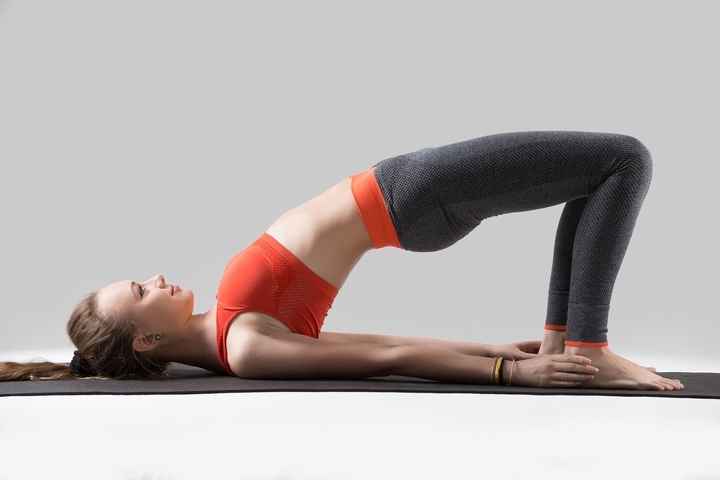
As mentioned, we may sometimes neglect to work for certain muscle groups because they are hidden. They are readily available in appearance in comparison to muscles like the biceps. However, when it comes to joint mobility, you want to ensure you have an equitable approach. The spine is one area that wholly depends on keeping your joints in good, mobile condition. If you have pain in this area, consult a neurological physiotherapist for help.
You should also do spine exercises. Start by placing your back on the floor, with it being fully activated. Grab a foam roller, and place it underneath the lower part of the back initially. Use your knees to roll your spine over the roller, and do this a few times before repeating it.
Exercise #3: Rotator Cuffs
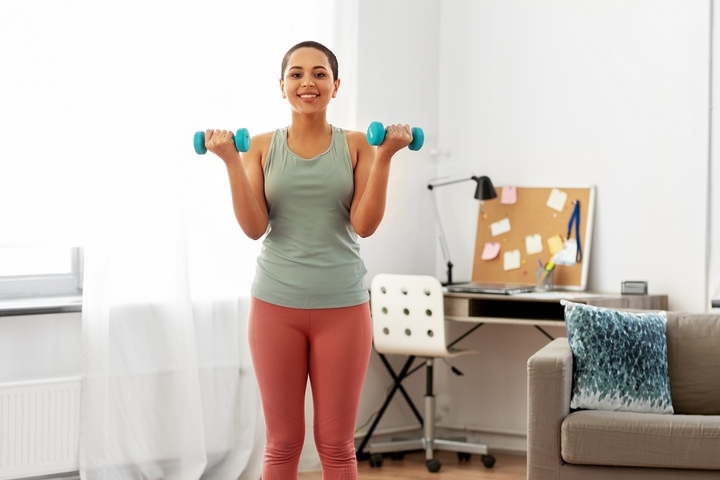
Some muscle groups, and their adjacent joints, are more prone to injury than others. Within the shoulder, there are tiny joints that form a strong network. If one of these were to go bad, then your entire shoulder may be put in a position of peril. As a result, you want to ensure you give enough attention to them in a workout.
Your rotator cuffs are the main culprit in preventing your joints from becoming immobile. So, ensure you stretch out the shoulders before an actual joint-focused exercise. A pass-through shoulder exercise, where you hold a bar in front of your head before passing it to the back, is key. Repeat this exercise, and ensure the rotator cuffs are activated.
Exercise #4: The Neck
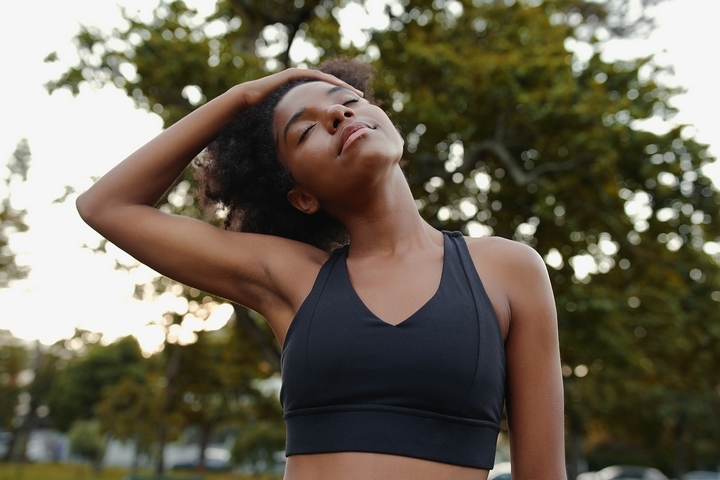
Similar to the spine and the hips, your neck may be ignored during an actual workout. Joint mobility is also dependent on having a strong neck. So, make sure you allow for exercises targeting this area. For starters, you can do some half circles, one of the best exercises.
Turn your head to one side and slowly move it to the other in a halved semicircle motion. Then, bring it back to the original position to complete the exercise. Not only will this strengthen the neck, but it will also improve the mobility in your joints and upper body.
Exercise #5: Ankle Mobility
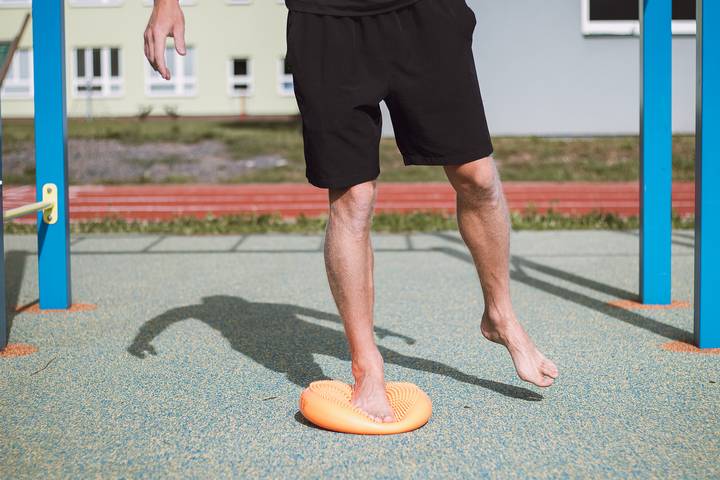
Alongside your neck, the ankles should also be targeted from time to time. That is because there are many ways in which your movement here can result in injury. The great part about working each angle is that you do not need any equipment to do this exercise. Brace yourself against a wall, and slowly rock forward onto your toes on one leg.
You should now be tip-toe; slowly rock the toes back to their neutral position upon completion. Repeat this exercise as needed, and you will be good to go. You should feel the ankle’s joints activated with every forward motion throughout the exercise. This helps to keep them in good condition.
Exercise #6: Physiotherapy
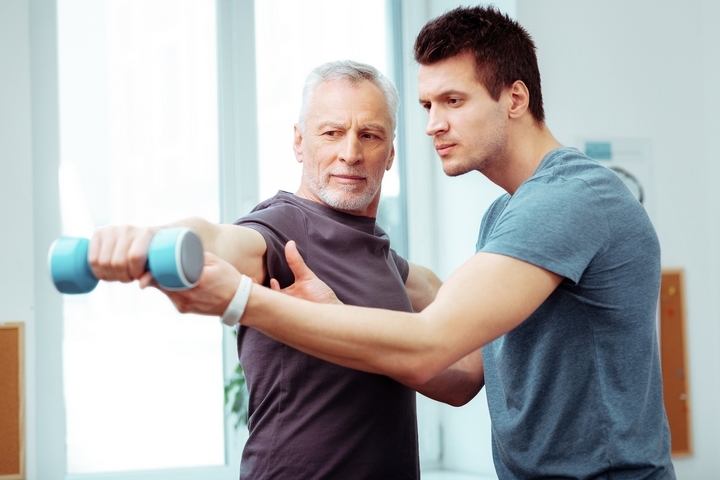
Even though many exercises can be done by yourself, it always helps to have the assistance of a professional. As such, a qualified physiotherapist can assist you in enhancing the mobility of your joints. Sooner or later, your entire body will be as good as new!
